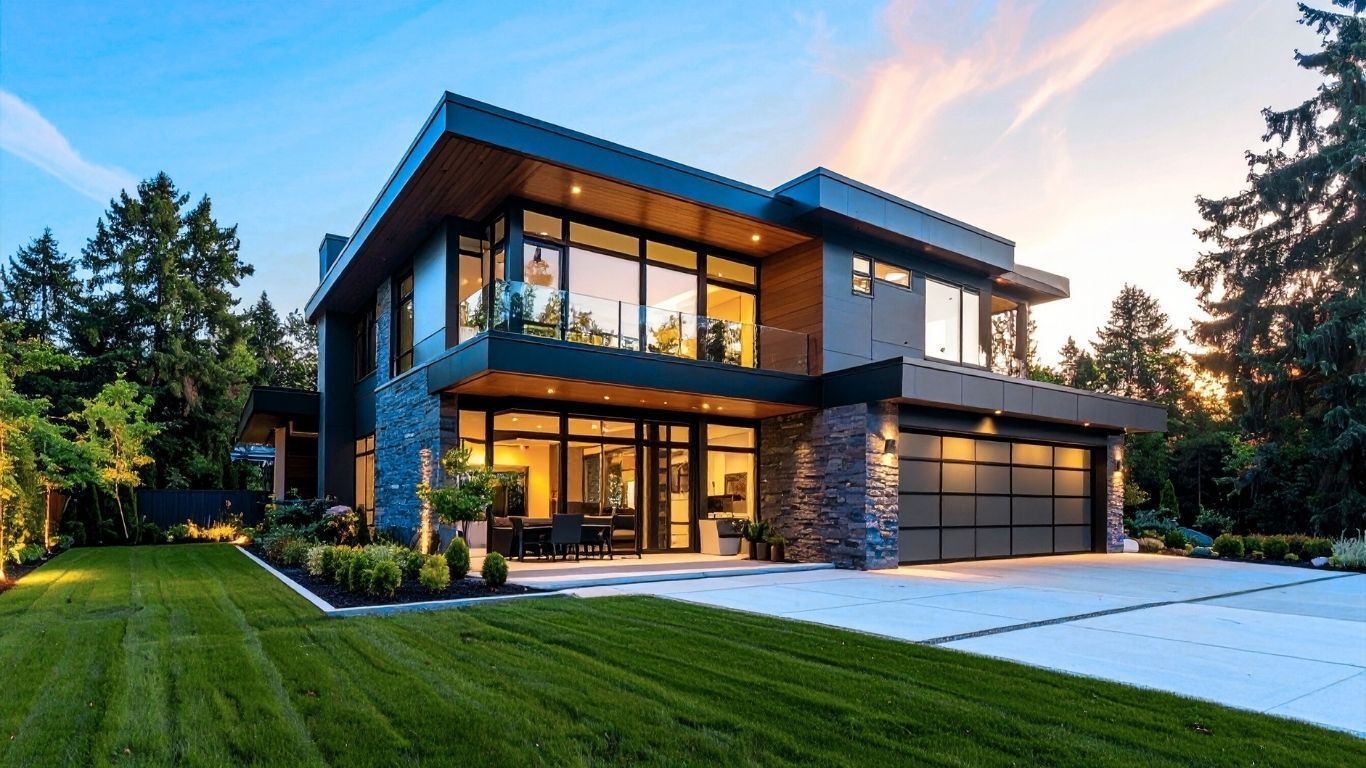Construction Financing Types
Commercial Construction Loans
For developers, investors, or builders financing income-producing real estate — such as mixed-use, industrial, or multifamily projects.
Highlights:
-
Loan terms: 12–36 months · Interest-only monthly payments
-
Funds released per inspection draw schedule
-
Option to refinance into a permanent commercial mortgage
-
Available through banks, private lenders, or SBA programs
-
Covers both construction and soft costs (permits, insurance, interest reserves)
Ideal for: Experienced borrowers, builders, and real estate investors expanding portfolios.
FHA & USDA Construction Loans
For homeowners or small builders seeking federally backed, one-time-close construction loans.
Loan Programs:
-
FHA Construction-to-Permanent Loan – Combines short-term build financing with a long-term FHA mortgage in one closing.
-
FHA 203(k) Renovation Loan – Finances repairs or major renovations on an existing property.
-
USDA Construction Loan – Designed for rural home construction with 0 % down for eligible borrowers.
Advantages:
-
One application, one closing, one permanent loan
-
Minimum 3.5 % down payment · Lower credit score requirement
-
Available for new home builds or renovation projects
-
Closing costs may be rolled into the loan amount
FHA Construction Loan Requirements:
-
Minimum 580 credit score (lender dependent)
-
Verified income and employment history
-
Approved builder or licensed contractor
-
Property must meet Federal Housing Administration (FHA) safety standards
Owner-Builder Construction Loans
For individuals who wish to act as their own general contractor and control the building process directly.
An owner-builder construction loan provides funds to qualified borrowers who manage their house plans, hire subcontractors, and oversee construction budgeting.
Key Benefits:
-
Full control over materials, labor, and costs
-
Potential to save on contractor markup
-
Structured draws for each construction phase
-
Converts to a permanent mortgage upon completion
Typical Requirements:
-
Proven construction or management experience
-
Strong credit and income verification
-
Detailed budget and timeline
-
Active builder’s insurance and project approval by lender
-
Use of a licensed contractor for specialized trades (e.g., electrical, HVAC, plumbing)
Owner-Builder Loan vs Traditional Construction Loan:
| Feature |
Owner-Builder Loan |
Traditional Construction Loan |
| Control |
Borrower manages project directly |
Builder manages scope |
| Risk |
Higher (self-managed) |
Lower (delegated) |
| Funds |
Released to borrower after inspection |
Paid directly to contractor |
| Closing |
One-time or two-step |
Usually one-time |
| Contractor Requirement |
Licensed trades for specific scopes |
Builder license required |
References:

.jpg?width=1920&height=700&name=Pillar%20Construciton%20loans%206%20image%20(1920%20x%20700%20px).jpg)


